Christmas Fern
- October 12, 2023
- 0 comment
The Christmas Fern, scientifically known as Polystichum acrostichoides, is a charming and iconic fern species that can be found in the eastern regions of North America. Its common name, “Christmas Fern,” stems from its evergreen nature, making it a delightful sight throughout the year, even during the holiday season. This medium-sized fern boasts feathery, dark green fronds with a distinctive lance-shaped appearance, giving it a unique and elegant aesthetic.

It’s a popular choice among gardeners and landscapers, as it thrives in a variety of environments, from shaded woodlands to moist, rocky slopes. The Christmas Fern is appreciated not only for its ornamental value but also for its resilience and adaptability, making it a beloved symbol of greenery in the wintertime landscape.
| Characteristics | Description |
| Scientific Name | Polystichum acrostichoides |
| Common Name | Christmas Fern |
| Family | Dryopteridaceae |
| Size | 1 to 2 feet in height |
| Foliage | Evergreen, lance-shaped fronds |
| Frond Length | 12 to 24 inches |
| Leaf Texture | Leathery, pinnate (feather-like) |
| Leaf Color | Dark green |
| Habitat | Eastern North America |
| Preferred Soil | Well-draining, rich in organic matter |
| Light Requirements | Partial to full shade |
| Water Needs | Moist, consistent soil moisture |
| Cold Hardiness | USDA Hardiness Zones 3 to 8 |
| Growth Rate | Slow to moderate |
| Landscape Use | Shade gardens, woodland gardens, rock gardens |
| Maintenance | Low maintenance, prune damaged fronds in spring |
| Notable Feature | Evergreen, adds greenery during winter |
| Propagation | Spores, division |
| Pest and Disease Resistance | Generally resistant to pests and diseases |
| Wildlife Attraction | Provides habitat for insects and small wildlife |
Botanical Beauty of “Christmas Fern”
The Christmas Fern (Polystichum acrostichoides) is a botanical gem that graces woodlands and gardens across eastern North America. Its allure lies in its distinctive beauty and hardy nature, making it a cherished addition to landscapes year-round. Let’s explore the botanical wonders of this captivating fern.

Woodland Elegance

One of the most captivating features of the Christmas Fern is its exquisite fronds. These fronds are evergreen, maintaining their deep green hue throughout the year. Their lance-shaped, feathery appearance exudes an air of elegance, providing a refreshing contrast to the winter landscape. As a result, it’s a beloved choice for gardeners and landscapers who desire a touch of woodland magic in their designs.
Ecological Importance
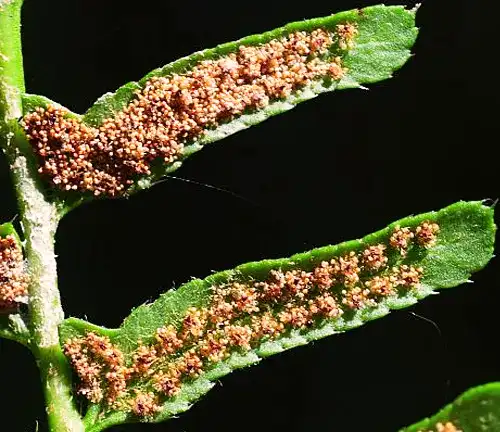
Beyond its ornamental appeal, the Christmas Fern plays a crucial role in maintaining the health of woodland ecosystems. It provides shelter and foraging grounds for various insects and small wildlife. In addition, it contributes to the overall biodiversity of the environment, making it a valuable asset in the natural world.
Cultivation and Conservation
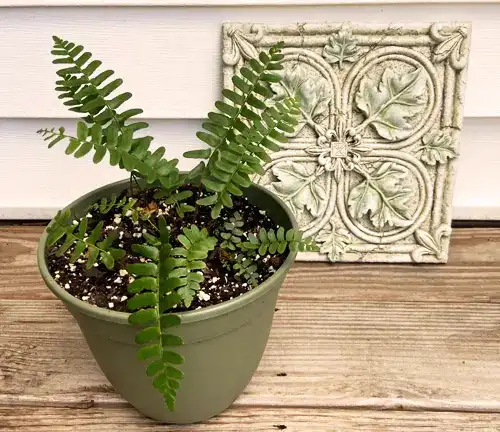
Cultivating Christmas Fern is a relatively straightforward endeavor. It thrives in partial to full shade, making it ideal for shaded gardens, woodland settings, and even rock gardens. Ensuring consistent soil moisture is key to its success. Although not considered endangered, its conservation is essential as habitat loss threatens many native plants. By cultivating this fern, we can contribute to the preservation of these precious ecosystems.
Fragrance
While many plants are prized for their fragrant blooms, the Christmas Fern enchants us differently. It’s the scent of the forest, a mixture of earthiness and woodland freshness that wafts from its fronds. Close your eyes, and you can almost imagine the cool, crisp air of the woods.
Soil Stabilisation
Apart from its aesthetic and olfactory charm, the Christmas Fern serves a practical purpose in the garden. Its rhizomatous roots help stabilise the soil, making it an excellent choice for erosion control on slopes and hilly terrain. It can prevent soil erosion while adding a touch of greenery to otherwise challenging landscapes.
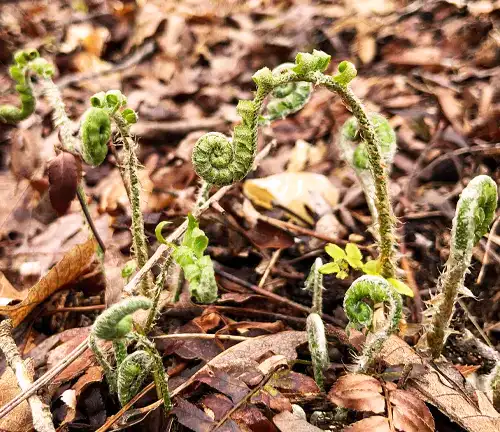
Common Uses
This versatile fern finds itself at home in various settings. In addition to being a favorite among garden enthusiasts, it’s often used in the landscaping of parks and public spaces. Its robust constitution makes it a popular choice for novice gardeners and a reliable addition to any shaded area in need of verdant character.

Benefits
The Christmas Fern offers a range of benefits. As an evergreen plant, it adds beauty to gardens even in the dead of winter. Its ecological importance cannot be understated, providing a habitat for wildlife and contributing to biodiversity. Whether used for ornamental purposes, erosion control, or conservation efforts, this fern is a steadfast and valuable member of the plant kingdom.
Different Species
Polystichum munitum
(Western Sword Fern)
Found in western North America, this fern shares a resemblance to the Christmas Fern, with dark green fronds and a robust, evergreen nature. It is often used in landscaping and can reach impressive heights.
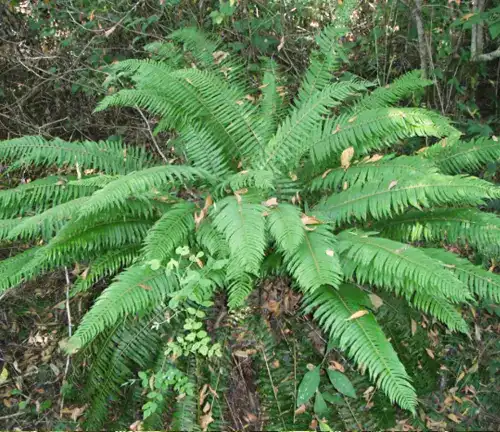
Polystichum braunii
(Braun’s Holly Fern)
Native to the southeastern United States, Braun’s Holly Fern features dark green, leathery fronds with a holly-like appearance. It is a popular choice for shade gardens in its native range.

Polystichum setiferum
(Soft Shield Fern)
While not native to North America, this European fern species is commonly cultivated in gardens and landscapes. It has soft, feathery fronds and is adaptable to various growing conditions.
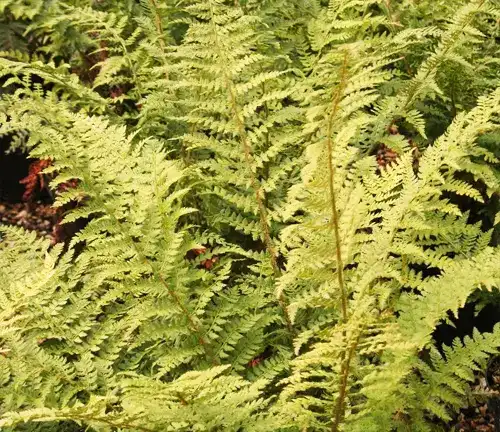
Polystichum tsus-simense
(Korean Rock Fern)
This fern hails from eastern Asia and is known for its attractive, lustrous fronds. It is often used in rock gardens and shaded areas, similar to the Christmas Fern.

Frequently Asked Questions (FAQs)
- What is the Christmas Fern?
The Christmas Fern, scientifically known as Polystichum acrostichoides, is a native fern species found in eastern North America. It’s called “Christmas Fern” because of its evergreen fronds, which remain green throughout the year. - How do I care for Christmas Fern in my garden?
Christmas Ferns thrive in partial to full shade and require well-draining soil with consistent moisture. They’re generally low-maintenance but benefit from periodic pruning of damaged fronds. - What is the significance of its name?
The name “Christmas Fern” is derived from its evergreen quality, as it stays green even during the winter months, resembling the festive greenery associated with Christmas. - Can Christmas Fern be grown indoors?
While Christmas Ferns are primarily outdoor plants, they can be grown indoors if you can provide them with the necessary shade and humidity. They may require supplemental lighting. - Is the Christmas Fern endangered or protected?
Christmas Fern is not considered endangered, but it’s essential to protect and preserve its native habitats due to ongoing habitat loss. - Are there any pests or diseases that commonly affect Christmas Fern?
Christmas Ferns are generally resistant to most pests and diseases. Occasionally, they may face issues with scale insects or aphids, but these problems are relatively rare. - What is the best time to plant Christmas Fern?
Spring and early fall are the ideal times to plant Christmas Fern, allowing the roots to establish before harsh weather conditions. - How can I propagate Christmas Fern?
Christmas Ferns can be propagated through spores, but this method can be more challenging. The easier way to propagate is through division, typically done in early spring. - Can Christmas Fern be used for soil erosion control?
Yes, Christmas Fern’s rhizomatous roots can help stabilize soil, making it a suitable choice for erosion control on slopes and other challenging terrain. - What wildlife does Christmas Fern support?
Christmas Fern provides shelter and foraging opportunities for various insects and small wildlife, contributing to local biodiversity.


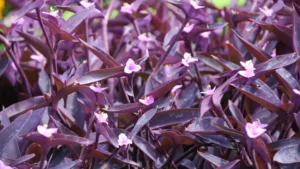


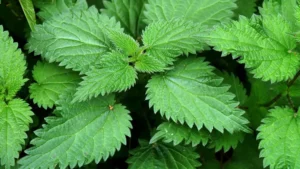
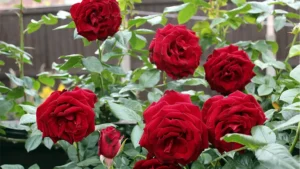
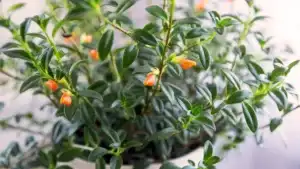
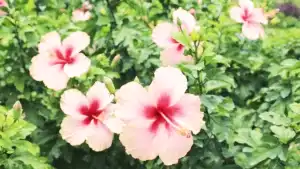

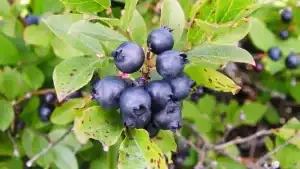
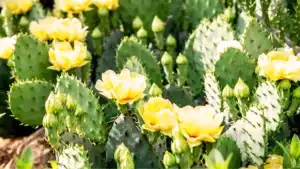


Leave your comment